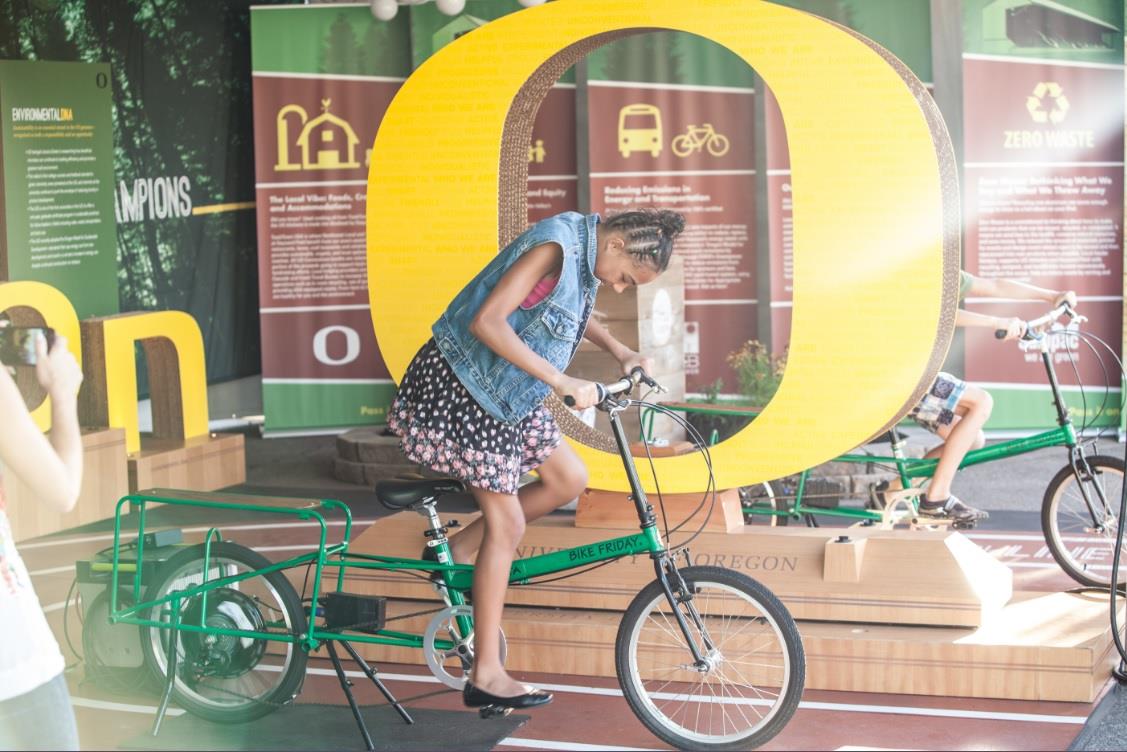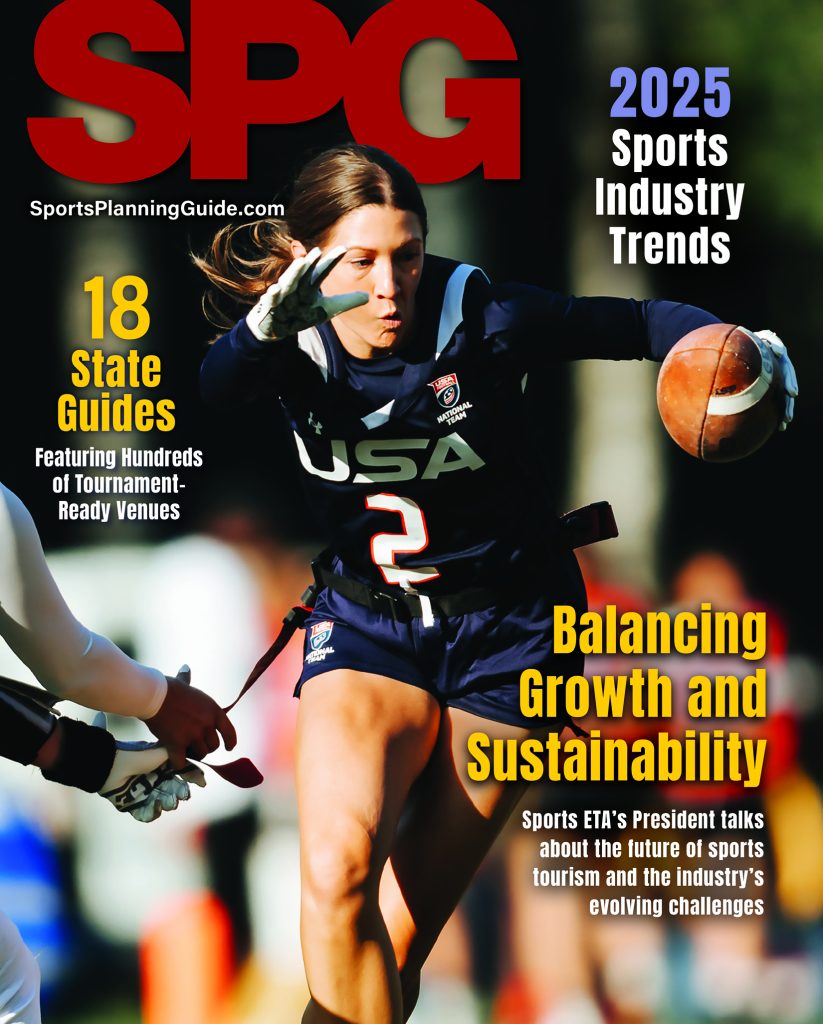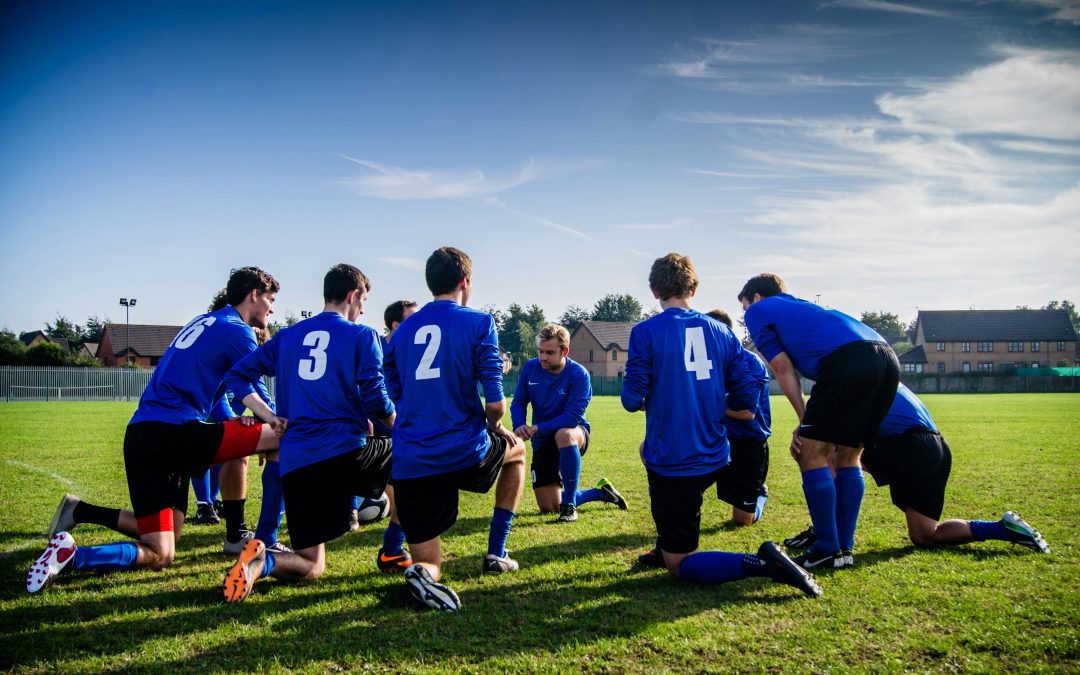The “green” movement has been hitting nearly every facet of society, but there is one area that you may know little about: sustainable sports. This trending concept can have a huge impact on the community, your sporting event and, of course, the environment.
Going “green” in sports has manifested itself in a variety of ways, each underscored with some major innovation. For instance, a company called repurposedMATERIALS focuses on repurposing—or adapting for use in a different purpose—used sports materials to create an eco-friendly cycle. Professional sports stadiums across the planet are catching on to the concept, too. The Philadelphia Eagles’ stadium is powered by 11,000 solar panels and 14 wind turbines; the Minnesota Twins collect rainwater to wash stadium seats; Stadium Australia’s electrical power is reduced with natural light, low-consumption artificial lights, two gas co-generators and an indoor, non-mechanical ventilation system.
You may not be building a professional sporting arena, but you are planning events with the potential to have heavy environmental effects. You can be part of the change. The sports tourism industry can get on board, and youth and amateur events can be part of the cause, too. A huge advocate of the “green” sports movement that you can learn from is Eugene Cascades and Coast. The Oregon-based destination marketing organization partnered with Council for Responsible Sport to create the six-page guide, Responsible Sports Events 1-2-3.
Eugene Cascades and Coast Executive Director Janis Ross said, “Even when people have the desire to make their event environmentally-friendly, sometimes the knowledge is lacking or planners don’t even know where to start.”
Responsible Sports Events 1-2-3
Responsible Sports Events 1-2-3 covers everything from “green” marketing techniques to “green” transportation. It’s written in a relatable tone so you can focus more on planning and less on deciphering. Specific steps are outlined to be implemented all at once or in a year-by-year action plan. Communications, measurement, pre- and post-event checklists—it’s all in there. Even better, the guide is environmentally friendly to download online (free).
“Sports events produce tremendous amounts of waste, but we can make a big impact with small gestures listed in the guide,” Ross explained.
Why Create this Guide?
The city of Eugene noticed a problem; it produced over 110,000 tons of waste annually. According to research by the Natural Resources Defense Council, the majority of Americans pays attention to sports, while a meager 15 percent care about science and policy. Eugene saw a need for change and answered by developing the City of Eugene’s Sustainable Sports Initiative, which utilizes the Council for Responsible Sport’s event certification standard to address the community’s environmental, social equity and economic prosperity challenges.
Since many Americans’ passions lie in sports, why not harness that interest to better our ecosystem? Traditional sports marketing can be used to engage fans in sustainable behaviors.
“The 2012 Olympic Trials ‘Rethink Waste’ activation diverted over 18 tons of material to compost and had a 78 percent waste recovery rate for the event. But the big win is that in just over two years the city’s commercial compost program has diverted over 3,600 tons of organic material to compost production through the 159 participating businesses,” said Ross.
Is the Outcome Worth Your Time and Effort?
Obviously, an environmentally-friendly sporting event helps Earth. Not so obviously, it helps create a thriving sustainable business ecosystem by strengthening connected programs in the community. Keep in mind that hosting a sustainable sporting event also lends major bragging rights.
“The ability to engage sports fans, event organizers and sponsors to take action in rethinking waste, reducing emissions, and being healthy is transforming our local economy and impacting cities across the globe,” Ross said.
What Can You Do?
Eugene’s downloadable guide has it all; but to get started, here are a few sneak peeks. Making your event sustainable can be as simple as serving condiments in bulk versus individual sizes; offering local organic food and drink options; choosing sustainable materials like bamboo for volunteer shirts; placing recycle and compost bins throughout the venue; and implementing a donation for local forest or renewable energy programs. Modifications such as these enable your event to reduce its ecological footprint.
Put the cherry on top of your eco-friendly sports event by registering for the Council for Responsible Sport’s sustainability certificate. Council certification requires events to adopt a “sustainable event standard” to accomplish community goals. The certification trend is growing and by the end of 2014 the council will have certified over 100 sporting events including the Milan Marathon, ATT Pebble Beach Pro-Am, Waste Management Phoenix Open, Mexico City Marathon and Chicago Marathon.
The Sustainable Sports Initiative is easily applicable to any community and any type of sporting event. Pave your way to going green in sports and start exploring your options and create a plan most suitable for your situation. This is a chance to become a trailblazer in your local athletic community, garner major support for local business and minimize lasting impacts on the environment. Sports and sustainability team up to make an environmental and economical difference in your community. All it takes is someone to take that first step; download the guide and learn more.









